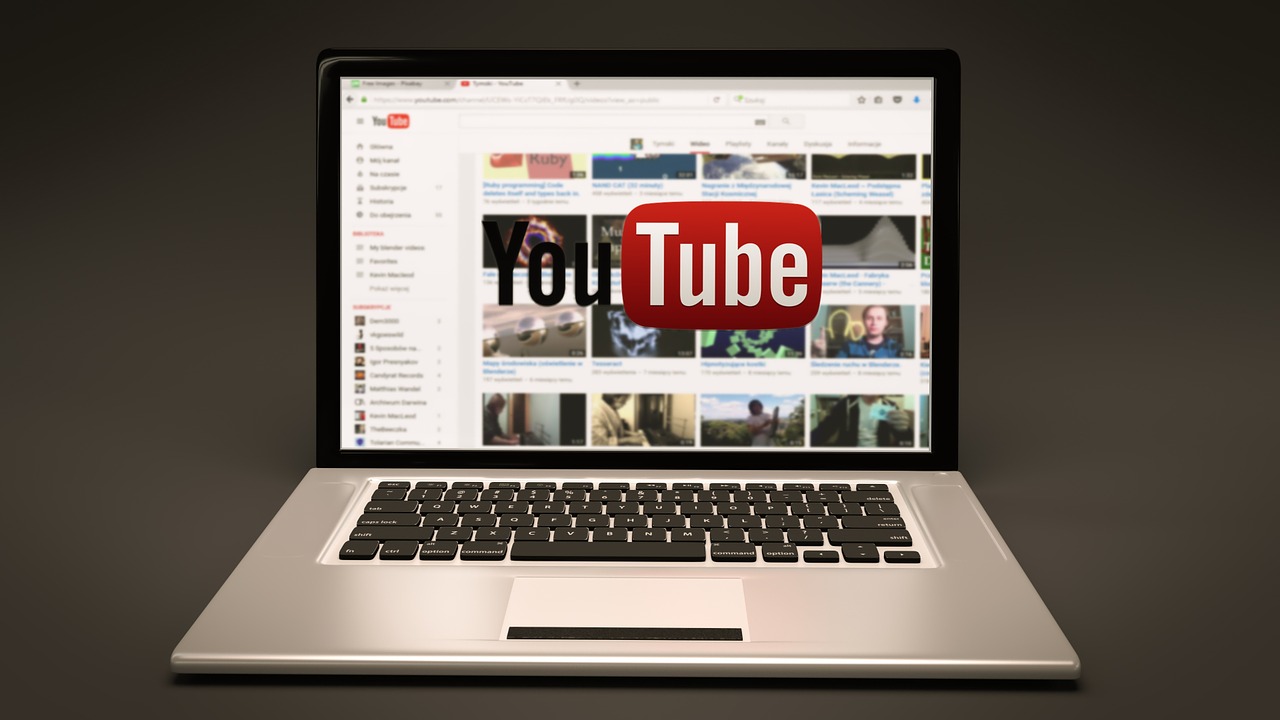By Amber Gordon
Sound can provide remarkable connections to the world around us. As a Longwood University communication sciences and disorders student, I’ve come to better understand how people with hearing loss experience sound, and that improvements to accessibility are urgently needed.
I have typical hearing, but know from Longwood professor Mani Aguilar, Au.D., that insufficient access to auditory information can have negative emotional and social consequences in many areas of life, including entertainment. Watching a TV show with a friend with typical hearing and not understanding why they are laughing is bound to make one feel left out.
While hearing aids and cochlear implants are extraordinarily beneficial to communication, many people with hearing loss rely on captioning to fully access audiovisual media. Because of its necessity, the Americans with Disabilities Act (ADA) requires closed captioning for video transcripts by state and local government entities and “places of public accommodation” (including universities, libraries, and hotels). Sections 504 and 508 of the Rehabilitation Act require the electronic communications of U.S. federal offices and federally-funded organizations to be accessible and captioned.
For TV programs, the Federal Communications Commission (FCC) requires TV captions to be “accurate, synchronous, complete, and properly placed.” The 21st Century Communications and Video Accessibility Act calls for “video programming that is closed captioned on TV to be closed captioned when distributed on the Internet.”
But there are no existing laws to address captioning in the majority of online video. This was brought to light when the National Association of the Deaf sued Netflix for the lack of closed captioning on videos on their site. The district judge ruled in favor of closed captioning on streaming services; however, because this was not a Supreme Court ruling, the case did not establish a national model for ADA’s standards for online services and businesses.
Many streaming services do include closed captions within their video services with no stipulations for quality. As noted in HuffPost, the Netflix series Queer Eye had inaccurate captions that censored profanity and changed words being used in multiple instances. A Reddit user states that shows on Netflix and Amazon Prime, in general, do not signify who is talking when they are off-screen, creating confusion as to which character is saying what.
Meanwhile, platforms like YouTube and Facebook remain unregulated. Enabling auto-captioning on videos is merely an option for video creators, and, in many cases, this auto-generated captioning is not accurate. For precise captions, video creators must make manual edits, which can be time-consuming or expensive.
Consider also that tone and verbal inflection can change the entire meaning of a sentence. Spoken words are just part of the piece the puzzle for those who rely on captions. According to The Atlantic, machine translation “can’t register sarcasm, context, or word emphasis. It can’t capture the cacophonous sounds of multiple voices speaking at once, essential for understanding the voice of an angry crowd of protestors or a cheering crowd. It just types what it registers.”
We already have requirements for government programming and news alert systems. We have accessibility laws for television and even for some online content. But as entertainment becomes increasingly digital, these regulations must be transferable.
Otherwise, information remains lost in translation because captioning laws are only applicable to some circumstances. Isn’t access for everyone, regardless of hearing ability, enough reason to advocate for expanded captioning? Why must those with hearing loss be kept back by where we’ve drawn the line on accessibility?
If you are a hearing individual, I encourage you to place yourself in the shoes of someone with hearing loss. Mute your TV for a day. Mute the sound on your device playing YouTube or Facebook and enable closed captioning. How long does it take until you get annoyed? Frustrated? I’m willing to bet not very long.
It is undeniable that closed captions have contributed greatly to the advancement of accessibility for people with hearing loss, but much work remains. We have to recognize the urgency of reliable captioning in online media.
What can we do? If you’re in a restaurant and notice that there are TVs playing without captions, politely request them. If you run a business where there are waiting rooms and lounges with televisions, please turn on captions. If you watch YouTube and notice that one of your favorite creators does not caption their videos, leave comments or write emails to encourage them. Hold streaming services like Netflix and Amazon Prime accountable by letting them know when captions are inaccurate or poorly transcribed. Lastly, if you’re watching television or your favorite show and you notice poor closed captioning, file a complaint to the Federal Communications Commission under the “Access for People with Disabilities” section of their Consumer Complaint Center.
Slowly but surely, if we continue to think of others who are unlike ourselves, strive for empathy and advocate for equal accessibility for all, a change can and will be made.
Amber Gordon is an aspiring speech-language pathologist who lives in Virginia.




